Sometime in November I bought an AGAT 18K on eBay. This camera was produced in Soviet Union by BelOMO (not LOMO) in 1988-1991. AGAT 18K has an unusual vertical configuration like the Yashica Rapide, with viewfinder on one corner. Therefore, Unlike most other half-frame cameras, photo taken with AGAT 18K is in landscape instead of portrait.
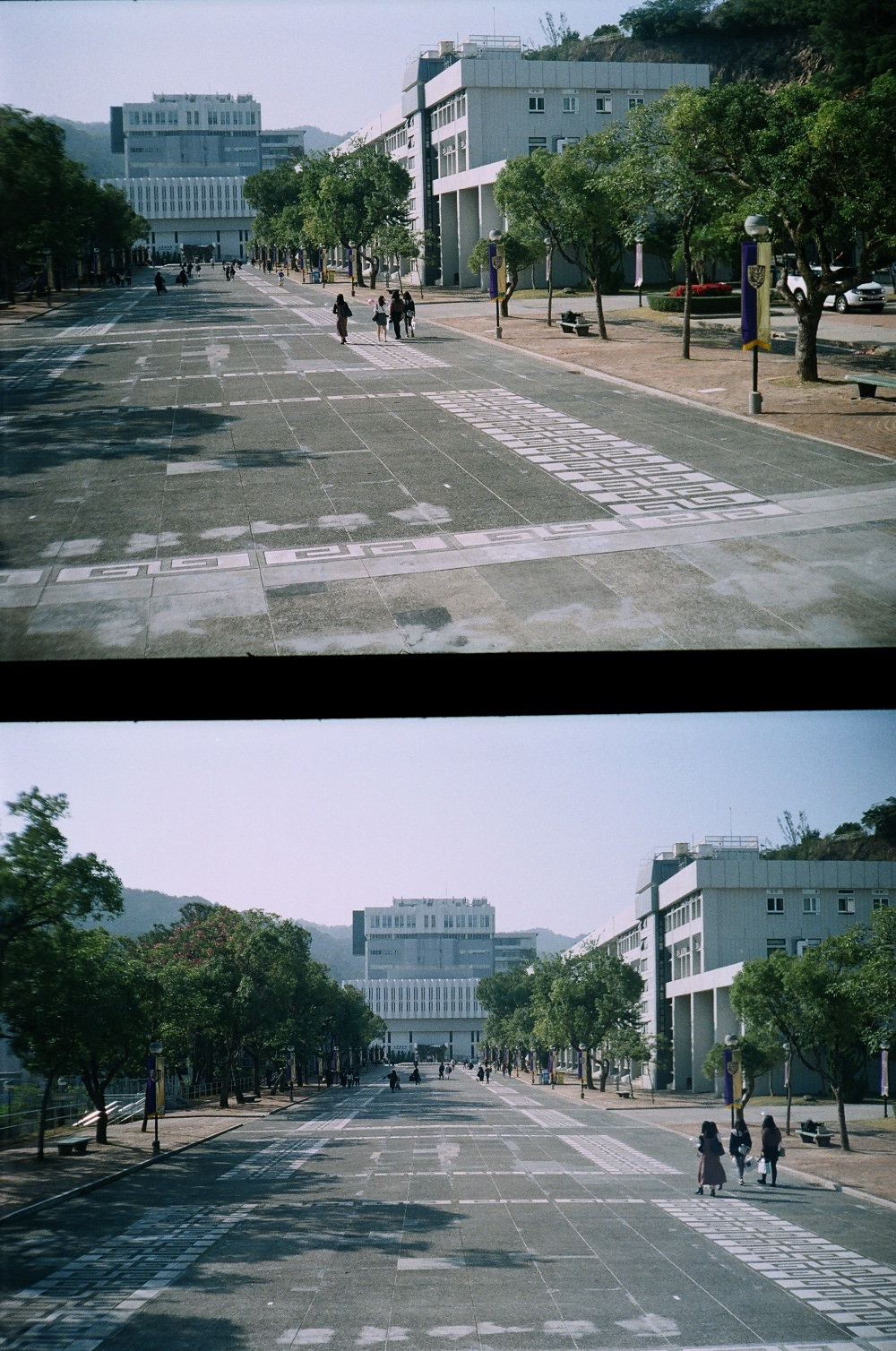
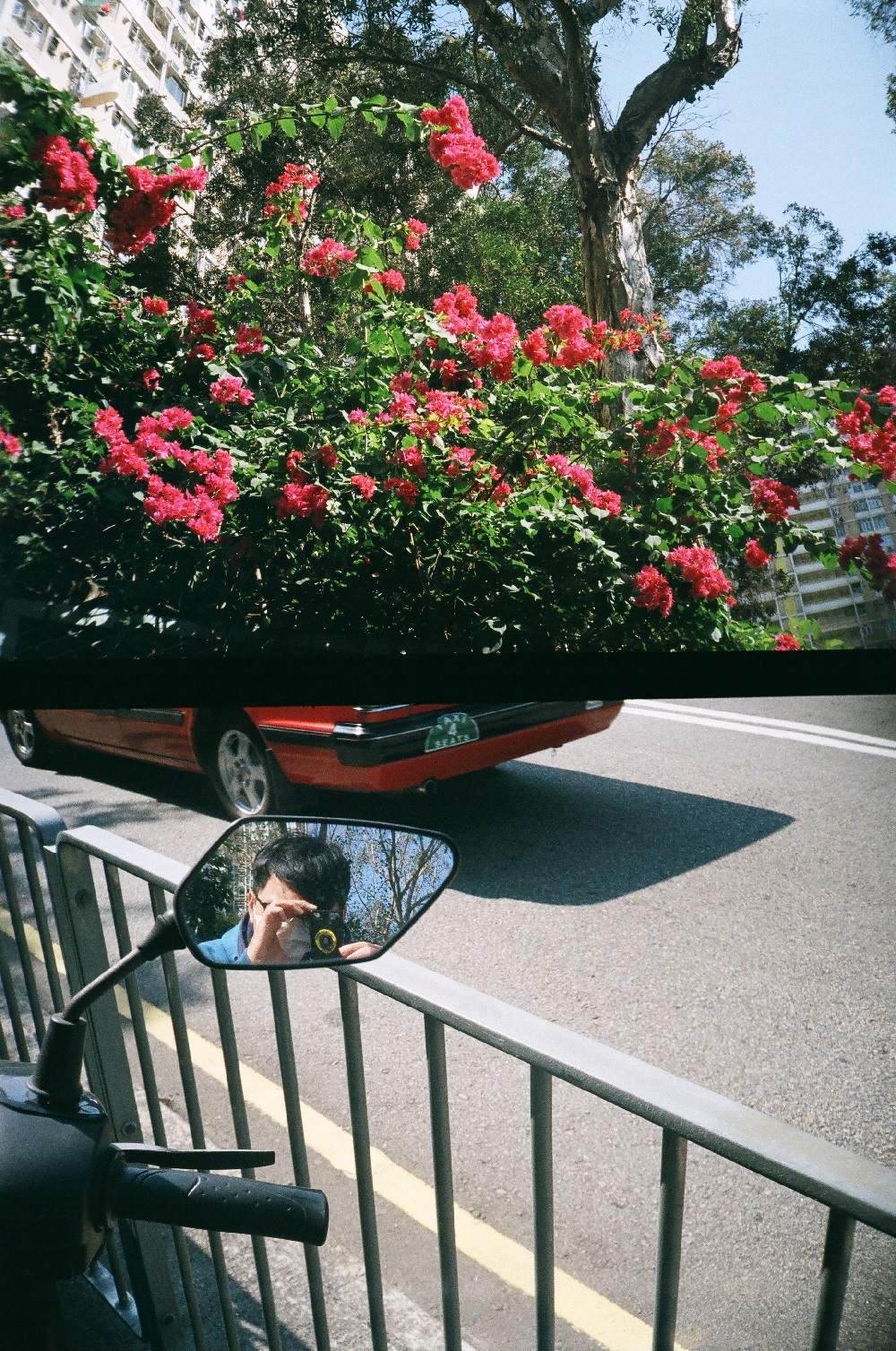
Given its samll size and mostly rectangular design, with a reliable lens cap protecting both the lens and the shutter release, AGAT 18K is extremely portable. I can slide it into my pocket without feeling or looking awkward.
In contrast to the all-plastic body, the Industar-104 f/2.8 28mm (a half-frame is cropped to ~40mm) lens is surprisingly sharp. Though I don’t have much to compare this with except for a few 60+ years old Solina’s Color Apotar or a similarly aged plastic lens of the Isoly 100.
AGAT 18K isn’t targeted to film photography beginners because it has limited control over the exposure. User can only select the film speed and aperture by rotating the 2 rings around the lens. There is no shutter speed control. According to the manual, the shutter speed is selected automatically by the combination of film speed and aperture setting, which is supposed to match the light condition symbols opposite to the aperture numbers.
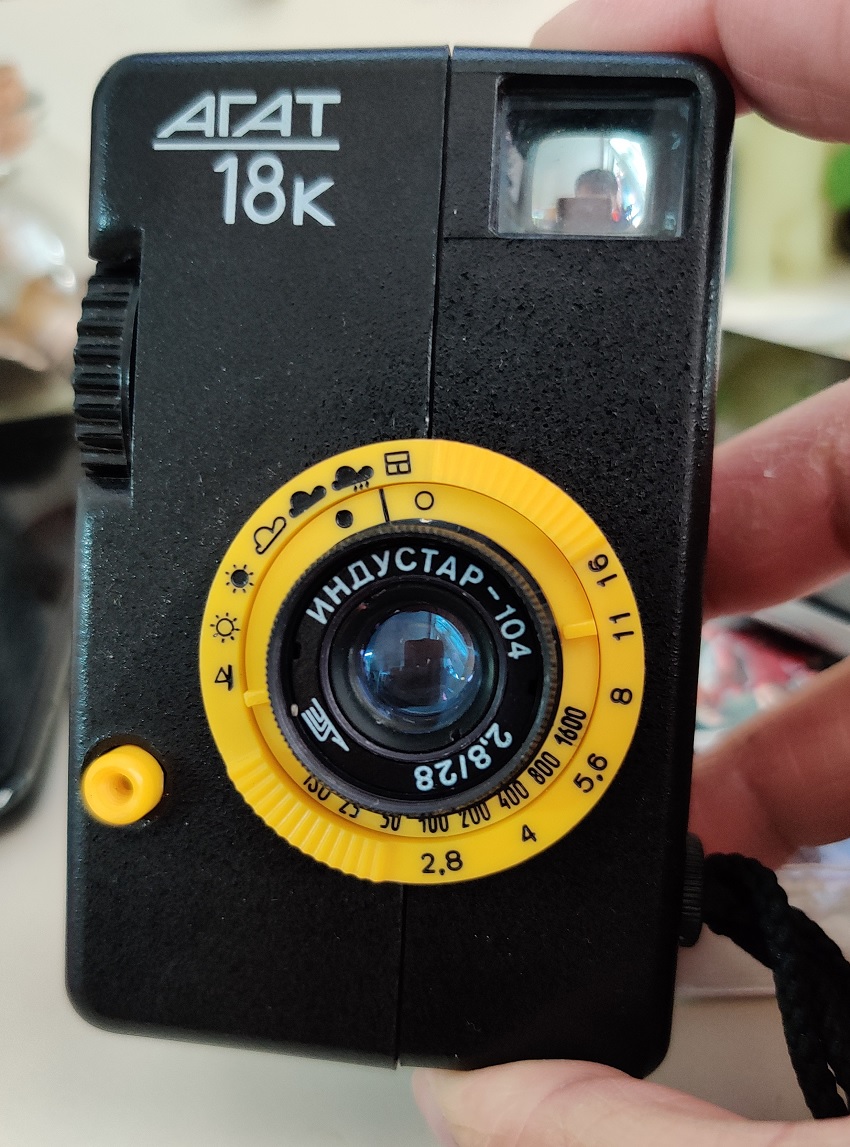
No, AGAT 18K isn’t for beginner, it’s for the noobs who doesn’t even know about the exposure triangle. You have little control over depth of field for a given light condition because compensating by shutter speed isn’t reliably available (available, though, by fiddling with the film speed ring). Just shoot and hope for the best.
Other than hoping the shot turns out well, another thing one can do is to bracket the shot by under- and overexposing by a stop. Out of the 3 shots you are likely to get at least a good one. For example, the 2 half-frames below show a correctly exposed and an underexposed shot—an Instagram poll showed that 90% of the people replied prefer the underexposed shot.
Well, who said shooting half-frame means you get 2 times the images of shooting full frame?
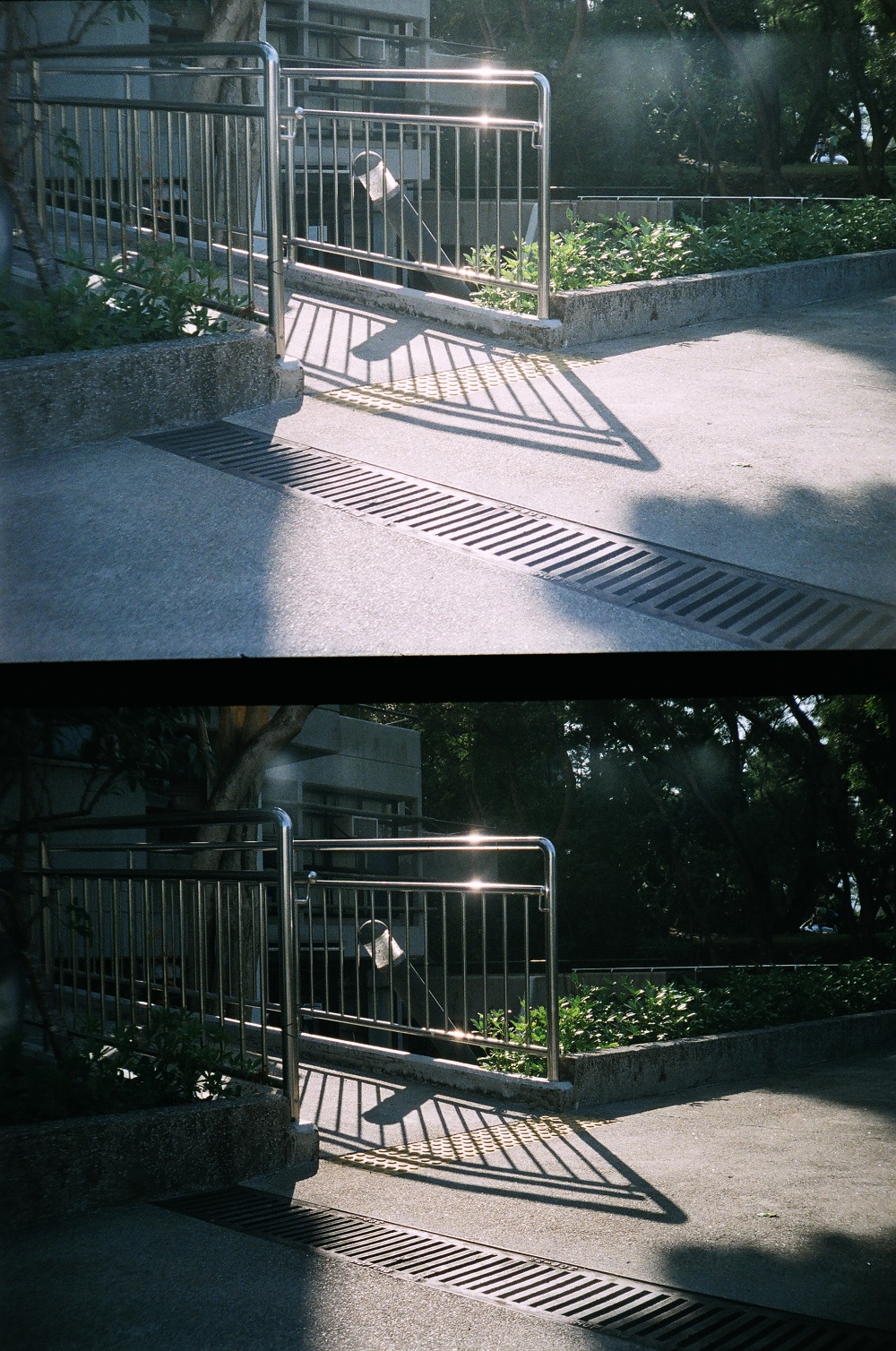
Sometimes unrelated shots may seem related and create a story-telling opportunity out of nowhere, in Duane Michals style, but that’s rare unless you actively work towards it. Below is a almost-has-a-story-shot for example.
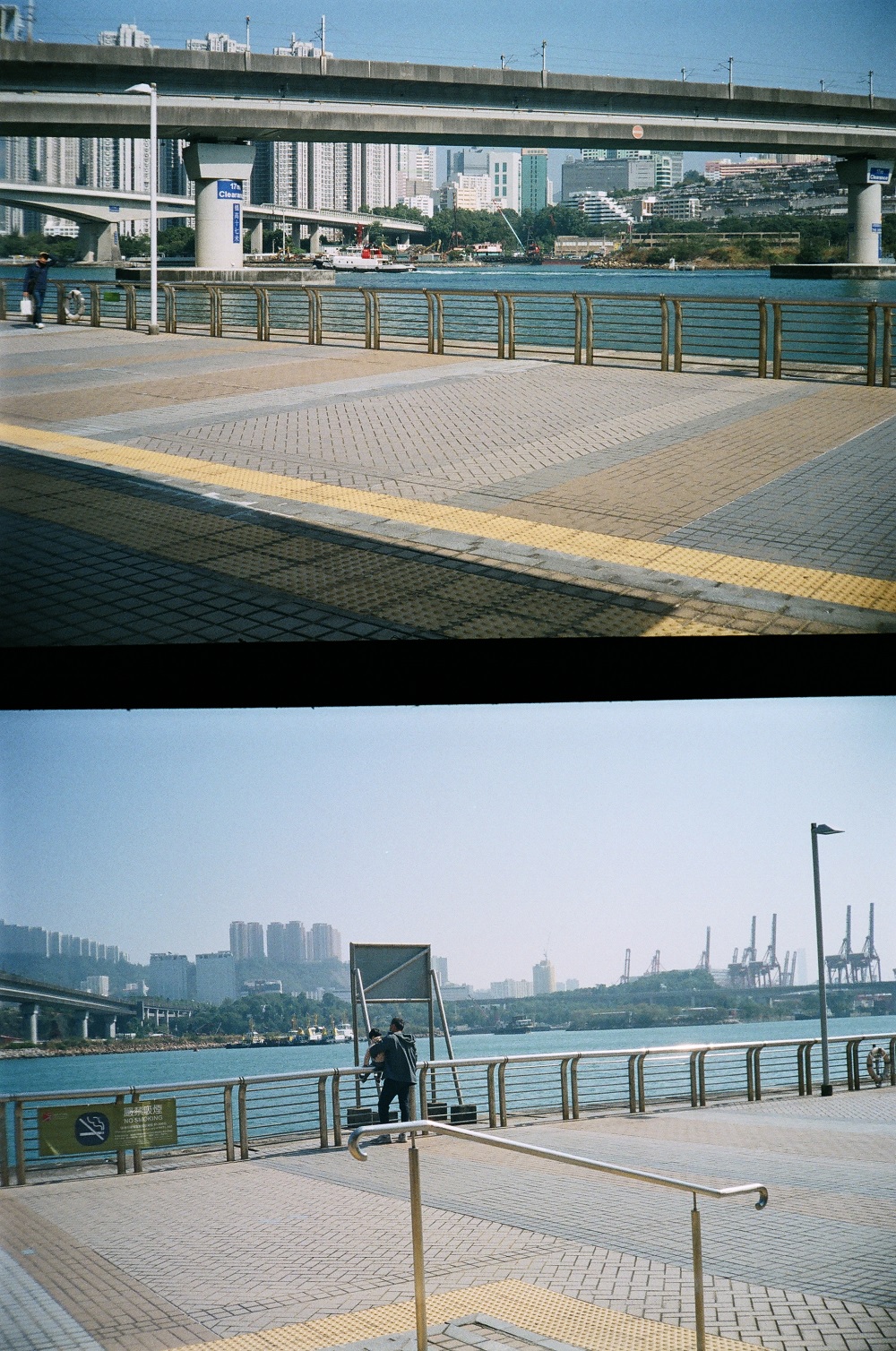
If you are doing panorama, make sure you take them right to left, with the camera rotated along the viewfinder counter-clockwise by 90° because the frames are by default landscape and films are winded right-to-left. Or at least that’s how my lab likes to process them.

Framing is unreliable. The viewfinder of my AGAT 18K does have a barely visible set of framelines but is invisible 100% when I shoot from it. At some point someone may have opened it up and washed away paints with some weird chemicals, or maybe it degrades naturally.
Either case, trust your gut not framelines. My gut failed me only once out of 144 shots, and the framelines failed me all the time.
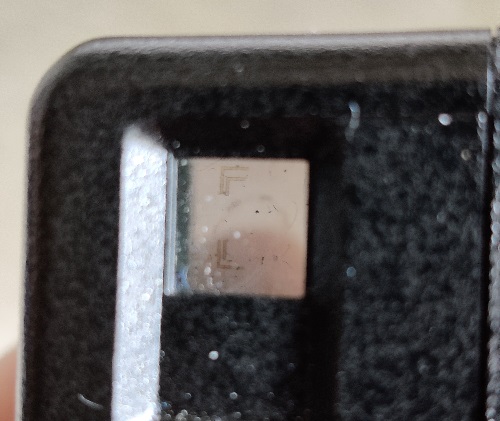
Oh and light leaks. Lots of light leaks.
AGAT 18K’s predecessor AGAT 18 has the same problem and perhaps due to cost-saving BelOMO didn’t address this problem at all. The plastic behind the lens reflects light when the camera is pointing at a light source at some angles, leaving an unpleasant light spot on the frame or even another frame.
It is possible to apply non-reflective material to the interior of the chamber to eliminate this reflective light leaks, just as what someone has done before.
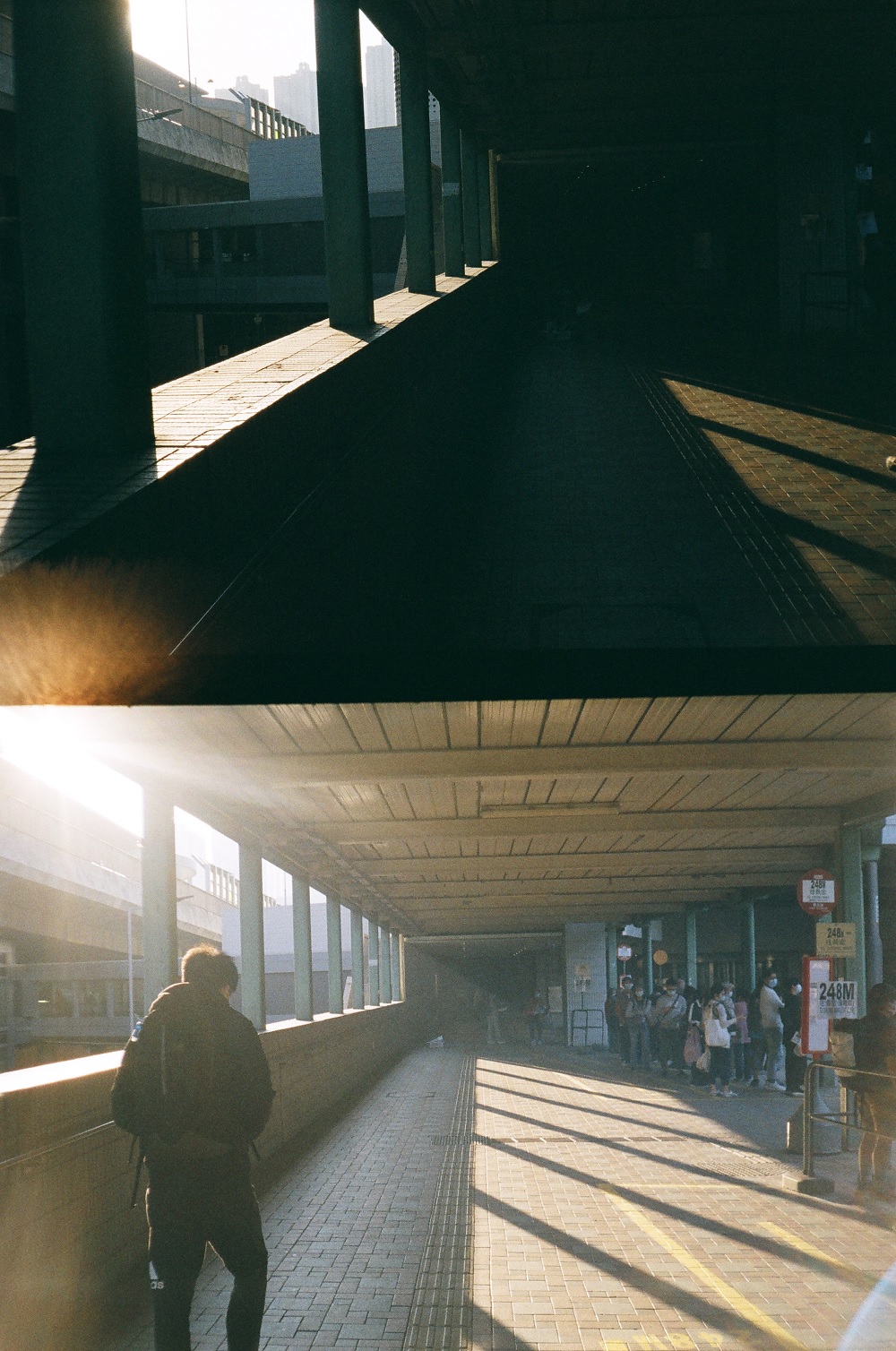
With all the shortcomings of AGAT 18K aside, I still think this little half-frame plastic box with a good glass lens to be a nice camera to carray in my pocket for scratching my film photography itch every day, as all other alternatives too bulky or too complex for a pleasant, impromptu, perhaps stealthy street shoot.
